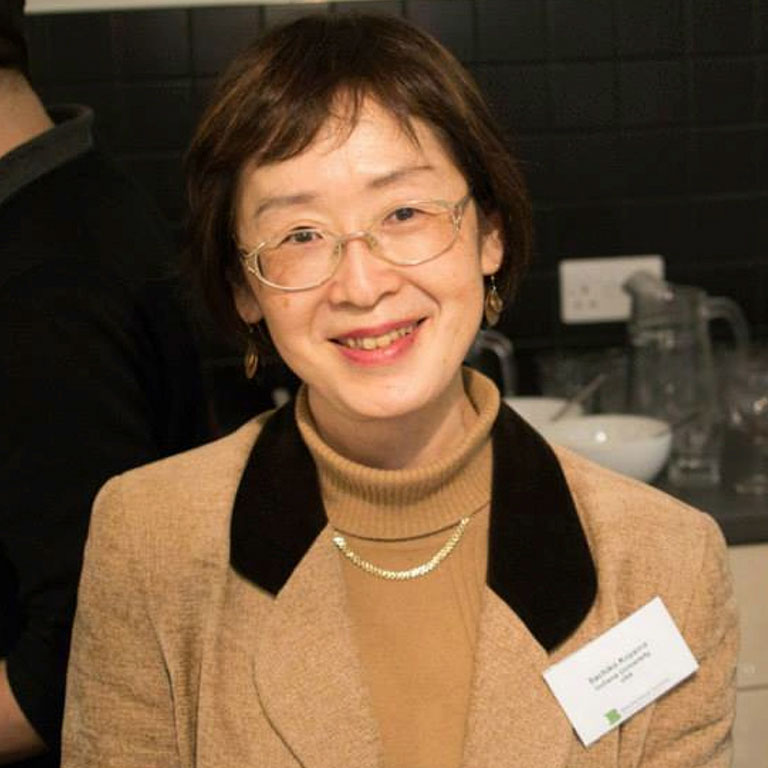- Ph.D., The University of Tokyo, 1995

Sachiko Koyama
Associate Scientist in Anatomy & Cell Biology, Medical Sciences Program

Associate Scientist in Anatomy & Cell Biology, Medical Sciences Program
My study field is social neuroscience. I am interested in how social environment affect the physiological conditions and behaviors of individuals. Key parameters are pheromone and social status. I use mice in main but I am planning to expand toward human studies as well. In my studies so far, I found that social status affects the sperm activities in mice and that the difference diminishes when the vomeronasal organ is removed. This was a new finding in olfactory communication. I also found that female odors increase sperm density in male mice. This was also a new finding in olfactory communication. Currently, I am interested in the influence of pheromone on neurogenesis. In the past decades, it became accepted that neurogenesis continues until adulthood at the subventricular zone (SVZ) and at the dentate gyrus of the brain, in main. In females it was found that males' pheromones stimulate neurogenesis at SVZ and dentate gyrus. I am currently collaborating with chemists at the Department of Chemistry of IUB to identify the chemicals, which are involved in these phenomena.
Another project running now is related to the development of olfactory system and its relation to olfactory learning. Olfactory system starts to develop around embryonic day 11 in mice (pregnancy length is 19 days) and continues its development until postnatal days. During this development, the olfactory system goes through dramatic change especially around embryonic days 13 to 16. The development of olfactory system can be classified into early stage, changing stage and later stage with neurogenesis, apoptosis, and neurogenesis. The reason and function of this dramatic change is not known, which are the goals of my study.
As future studies on human, I hope to study how pheromone will affect mood, preference, and physiological conditions (like post-parturition depression (PPD), menopause symptom (MP), and premenstrual symptoms (PMS). Identification of chemicals, which will ease these symptoms, is the primary goal of my future plan.
List of some of my "First"s:
I have mentored more than 50 students in Japan to design and conduct researches and write papers. I, myself, was a "pure" behavior person studying developmental/comparative psychology and animal behavior/ethology until I received my Ph.D., and, since then, I have been studying biophysic/cell biology of sperm cells, chemical engineering of microfluidics, and neuroscience of the neurogenesis at SVZ. I know there are very few people who know these diverse study fields well and I hope to be a bridge between behavior and cell biology in teaching.